Mr. Nguyen Hung Hieu and Mr. Cao Minh Dien (both in An Xuan 3 village, Xuan An commune, An Khe town, Gia Lai province) boldly invested in raising loach in tarpaulin-lined tanks. The model of raising this new fish species initially brought high economic efficiency, opening up a new direction for aquaculture development in the locality.
Xuan An commune has many lakes and ponds, of which An Khe hydroelectric lake has a stable water source. Taking advantage of the abundant water source, many households have developed aquaculture, bringing in a stable income.
Based on the analysis of advantages, in May 2023, the Farmers' Association of Xuan An Commune (An Khe Town, Gia Lai Province) deployed a model of raising loach fish in the area. The Association coordinated with specialized agencies to organize training and provide technical guidance on raising loach fish for farmer members in need.
After attending a training course and referring to knowledge and techniques for raising loach from books, newspapers, and real models, in June 2023, Mr. Nguyen Hung Hieu built 9 breeding tanks measuring 8 m long, 2 m wide, 50-70 cm deep, with the bottom lined with tarpaulin to retain water.
After finishing the tank, Mr. Hung bought 10,000 loach fry to raise. To find out the difference between loach raised in the natural environment and in a lined tank, he released 3,000 loach into the pond, and raised the rest in a tarpaulin-lined tank.
After observing, Mr. Hieu realized that loaches raised in natural ponds eat plankton and organic debris and can only be fed once every 2-3 days.
However, raising loaches in ponds is difficult to manage, difficult to catch and causes high losses. Loaches raised in tarpaulin-lined tanks must have their water changed regularly, especially in the hot season when algae grow and develop rapidly, so the water must be changed every 3-4 days.
But raising in a lined tank makes it easy to monitor the growth and development of loach, promptly detect harmful fungi and harvest easily, with low loss rate.
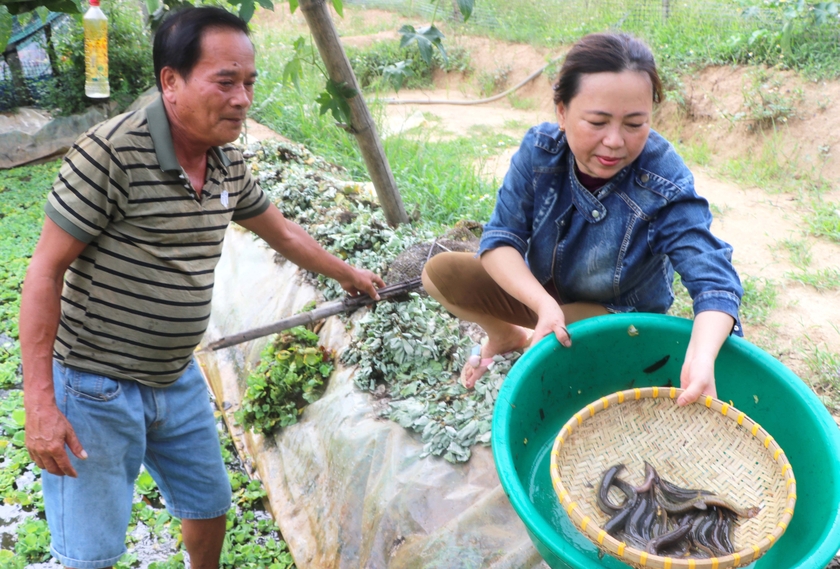
Mr. Nguyen Hung Hieu and his wife (An Xuan 3 village, Xuan An commune, An Khe town, Gia Lai province) catch loach to sell. The price of loach is 100,000-120,000 VND/kg. Photo: NM
To overcome the limitations of raising loach in a tarpaulin-lined tank, Mr. Hieu found a way to add some minerals to make the water similar to the natural environment, balance the pH and put duckweed in the tank to create shade, help the loach have a place to hide, and limit the spread of disease.
“Loach fish often suffer from bloating due to overeating and gill fungus, which reduces oxygen absorption and slows growth. Therefore, clean water sources and a well-ventilated breeding environment are needed for loach fish to grow and develop stably,” Mr. Hieu shared.
According to Mr. Hieu, the purchased loach fry are raised for about a month and then gradually separated into tanks according to their age.
With large loach, Mr. Hieu raises 200 fish/m2, feeding them twice a day in the early morning and late afternoon with just enough food. The food is mixed bran and some fruits such as bananas, papaya, squash, and pumpkin. After 4-6 months of raising, the loach reaches a weight of 20-30 fish/kg and can be sold.
“Commercial loach is sold by the family to local people and some restaurants and eateries in the town at the price of 100,000-120,000 VND/kg. Cartilaginous loach has soft bones, when braised, fried, grilled, the meat is firm, sweet and fragrant, not inferior to wild-bred fish, and is rated by consumers as delicious as Ba River rockfish.
Because the quantity is limited, there are often not enough to sell. In the near future, I will build more tanks to expand the model of raising loach cartilaginous fish" - Mr. Hieu informed.

After releasing the fish fry, raising for 4-6 months, the loach reaches a weight of 20-30 fish/kg and can be sold, the price of cartilage loach is 100,000-120,000 VND/kg. Photo: Ngoc Minh.
Early last February, Mr. Cao Minh Dien also bought 30,000 loach fry and divided them into two tarpaulin-lined tanks to raise. In addition to mixed bran and tubers and fruits, Mr. Dien also fed the loach earthworms so they were healthy and grew quickly.
“Loach fish are omnivorous, so I diversify their food with agricultural products available in the area, reducing the cost of buying food.
In addition to food, I pay attention to the water source. I only take water from An Khe hydroelectric reservoir into the tank or pump treated well water.
Compared to some livestock models in the commune, raising loach fish has a low initial investment, does not require high technology, does not take much time to care for and does not require a large area. I see that the loach fish farming model is very promising" - Mr. Dien confided.
Evaluating the model of raising loach in the area, Ms. Dang Thi Thuy Dao - Chairwoman of the Farmers' Association of Xuan An Commune, An Khe Town (Gia Lai Province) said: "Up to now, the commune has 10 households participating in the model of raising loach. The model initially brings high economic efficiency, suitable for the level of farmers and households with little land for production.
The Association continues to monitor and support households raising loach in terms of techniques; organizes visits for farmer members who want to learn to replicate the model and develop aquaculture in the area.
Source: https://danviet.vn/lieu-nuoi-ca-chach-sun-loai-ca-moi-la-2-ong-nong-dan-gia-lai-bat-ngo-trung-ban-120000-dong-kg-20241028155248929.htm


![[Photo] Japanese Prime Minister's wife visits Vietnamese Women's Museum](https://vstatic.vietnam.vn/vietnam/resource/IMAGE/2025/4/27/8160b8d7c7ba40eeb086553d8d4a8152)
![[Photo] General Secretary To Lam's wife and Japanese Prime Minister's wife make traditional green rice cakes together](https://vstatic.vietnam.vn/vietnam/resource/IMAGE/2025/4/27/7bcfbf97dd374eb0b888e9e234698a3b)
![[Photo] Living witnesses of the country's liberation day present at the interactive exhibition of Nhan Dan Newspaper](https://vstatic.vietnam.vn/vietnam/resource/IMAGE/2025/4/27/b3cf6665ebe74183860512925b0b5519)

![[Photo] General Secretary To Lam receives Chairman of the Liberal Democratic Party, Japanese Prime Minister Ishiba Shigeru](https://vstatic.vietnam.vn/vietnam/resource/IMAGE/2025/4/27/63661d34e8234f578db06ab90b8b017e)
![[Photo] Fireworks light up Hanoi sky to celebrate national reunification day](https://vstatic.vietnam.vn/vietnam/resource/IMAGE/2025/4/28/5b4a75100b3e4b24903967615c3f3eac)
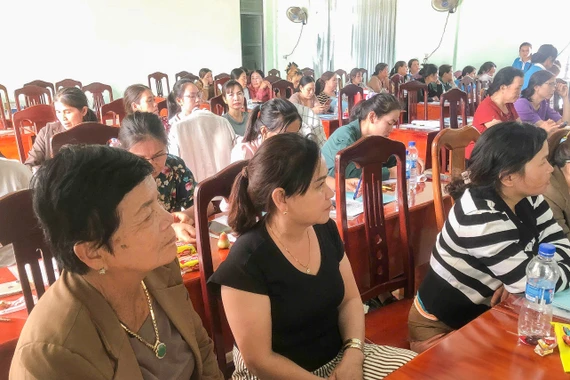

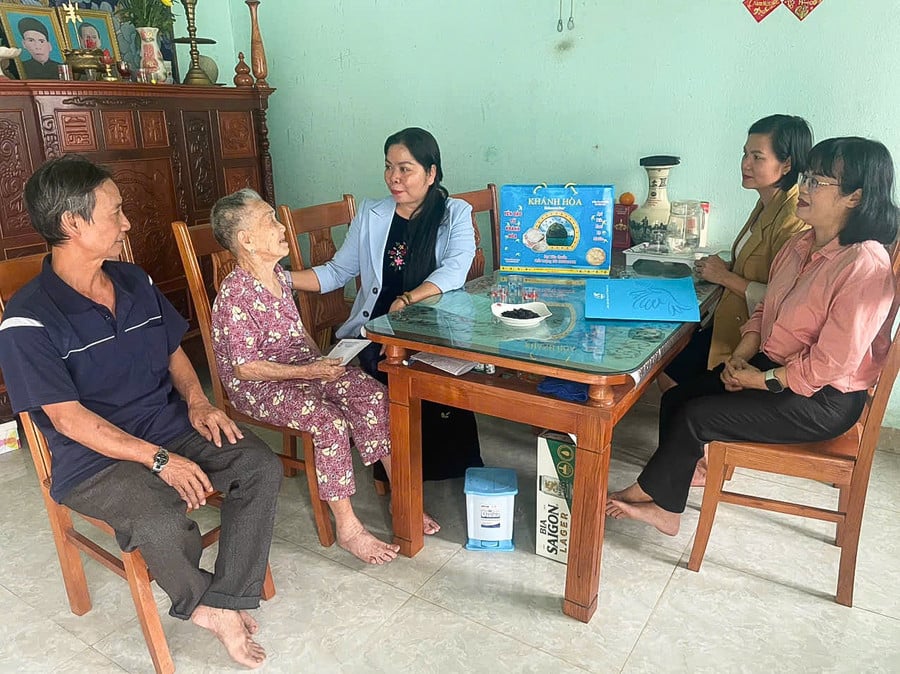
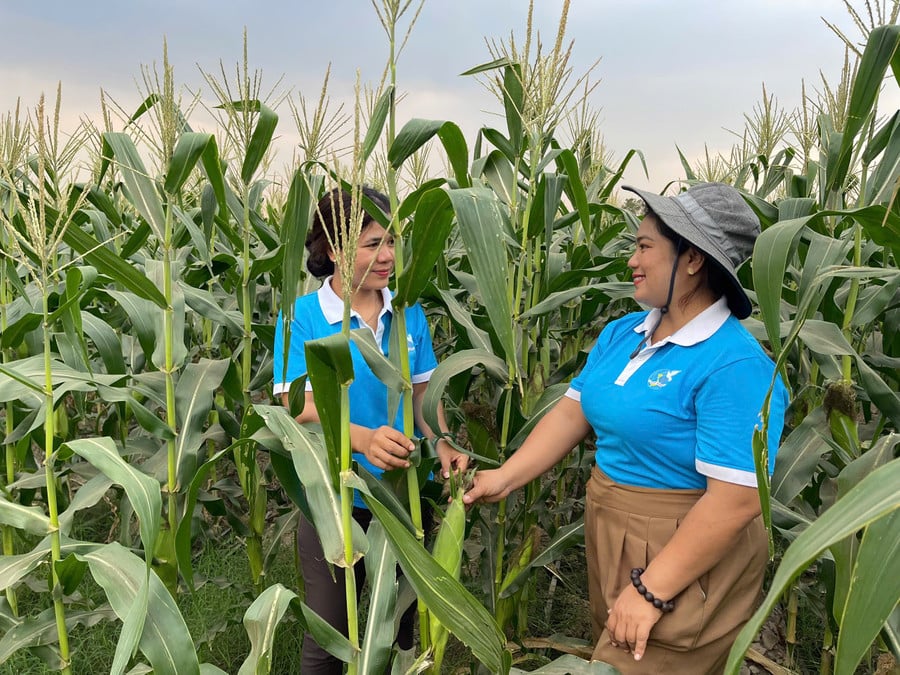

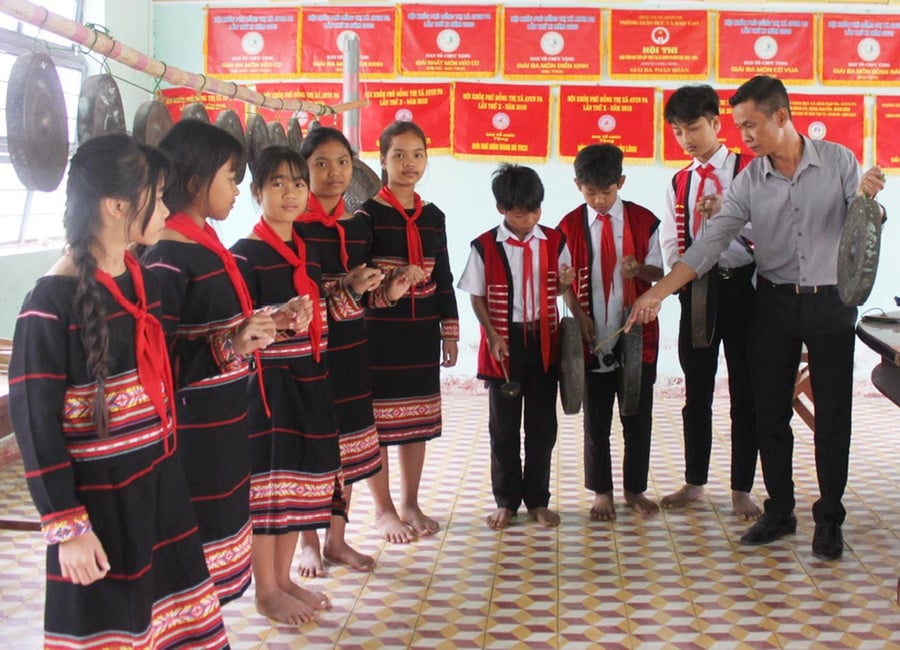
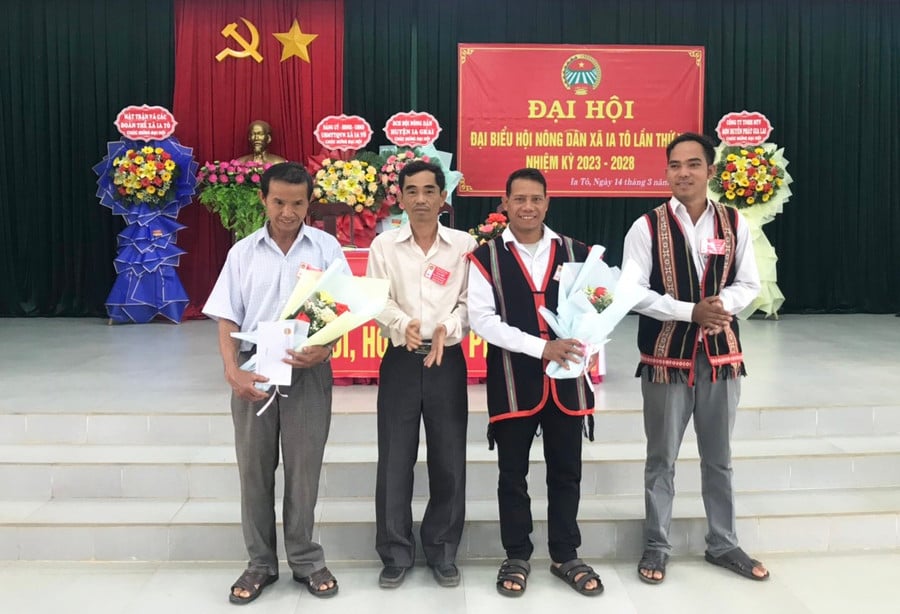
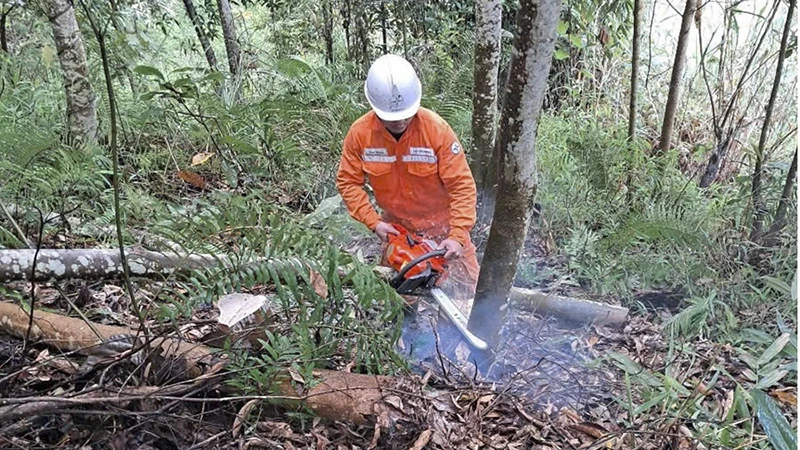
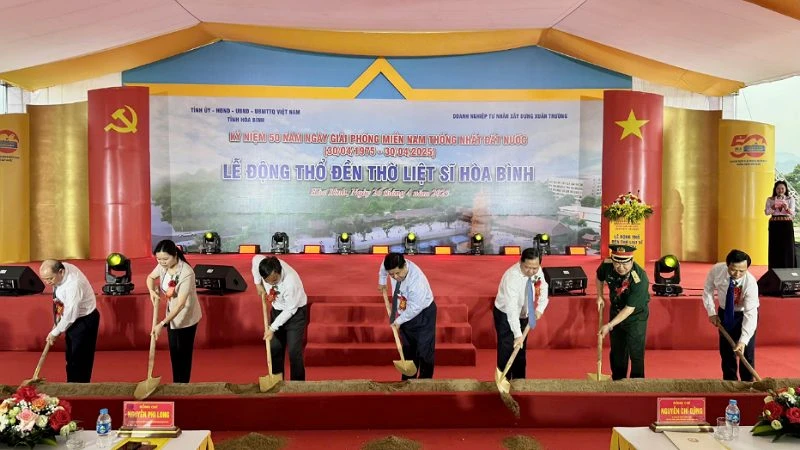
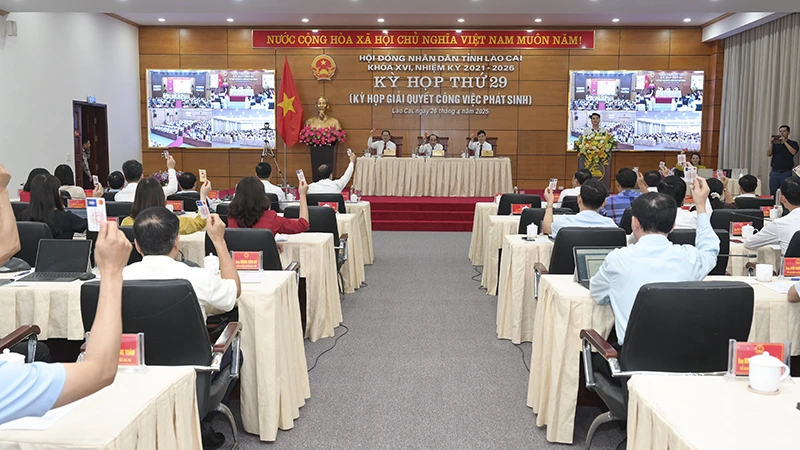
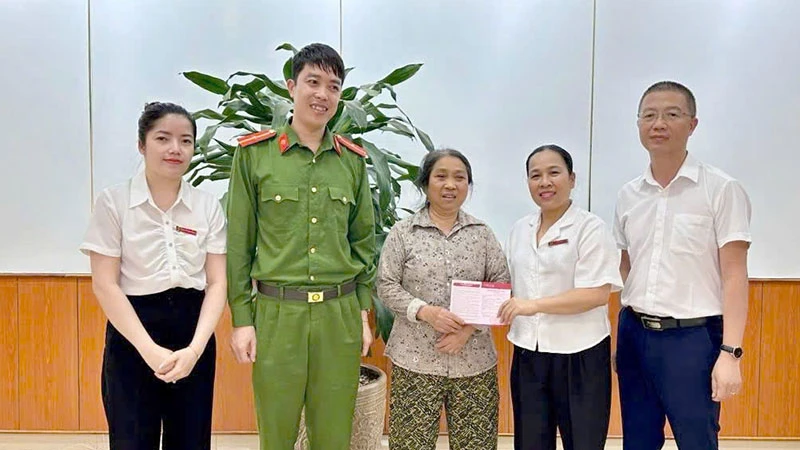

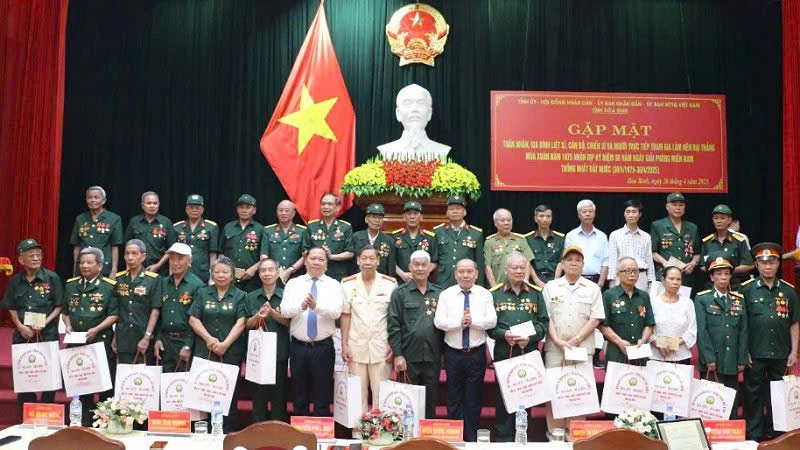

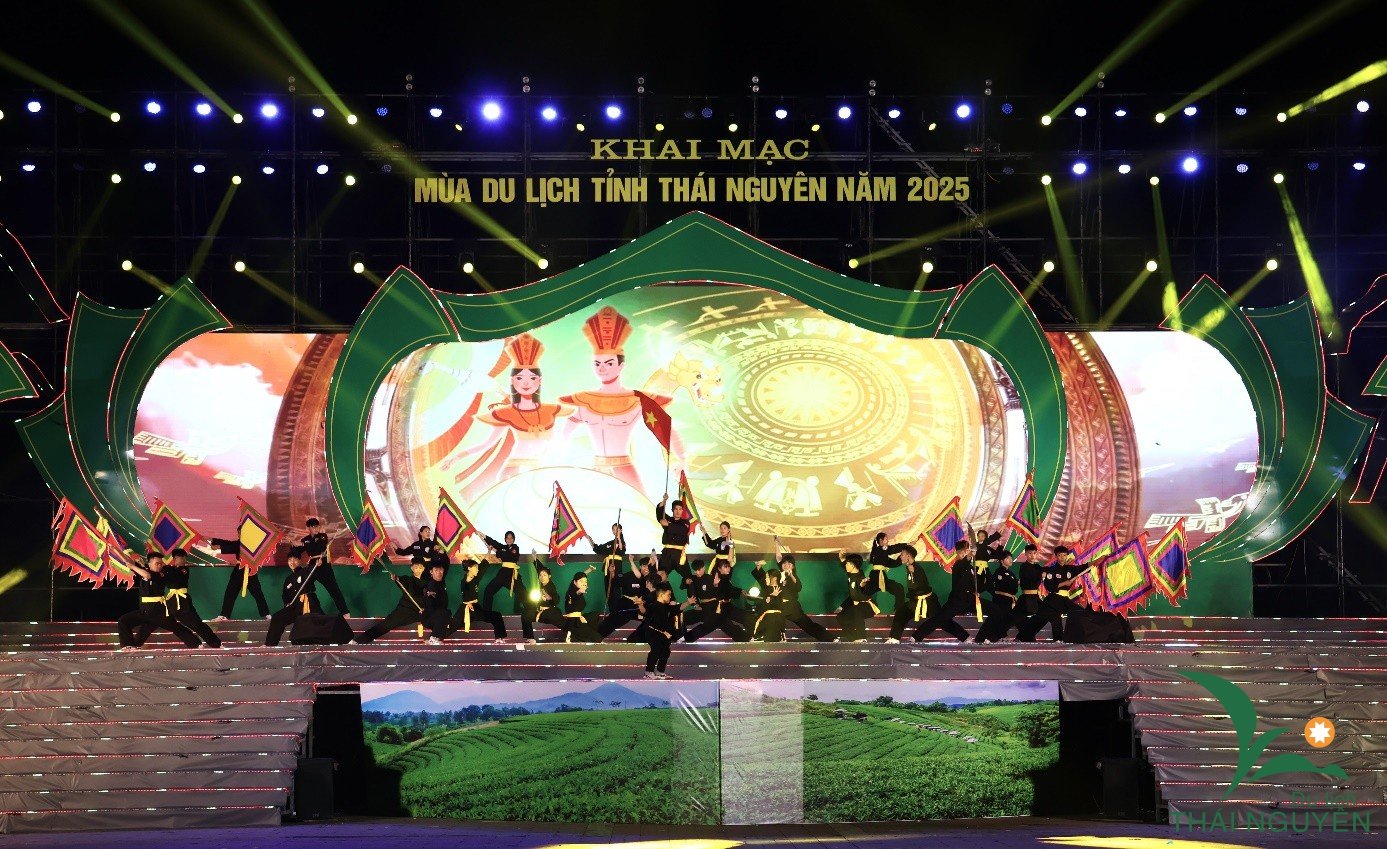
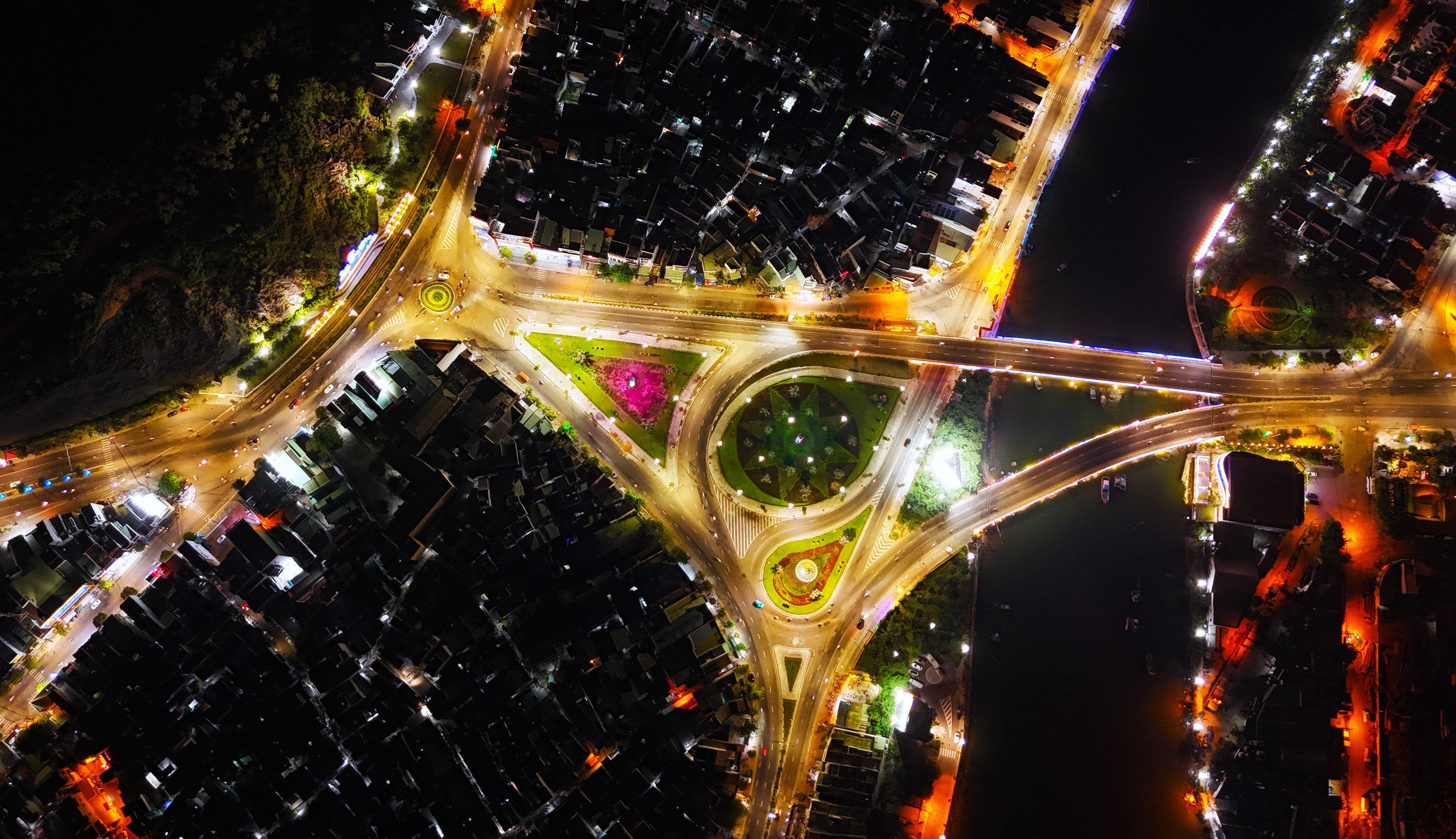
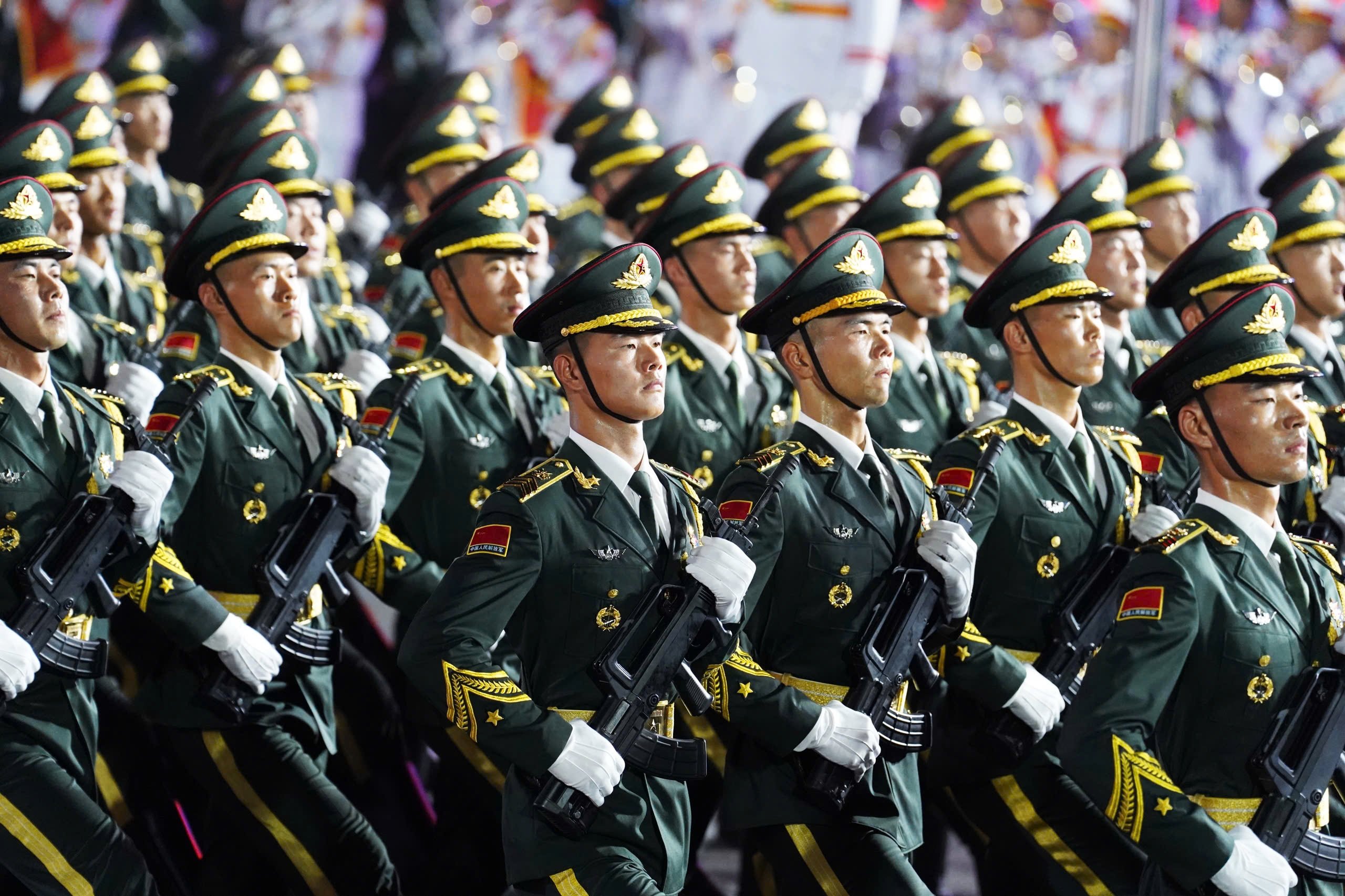
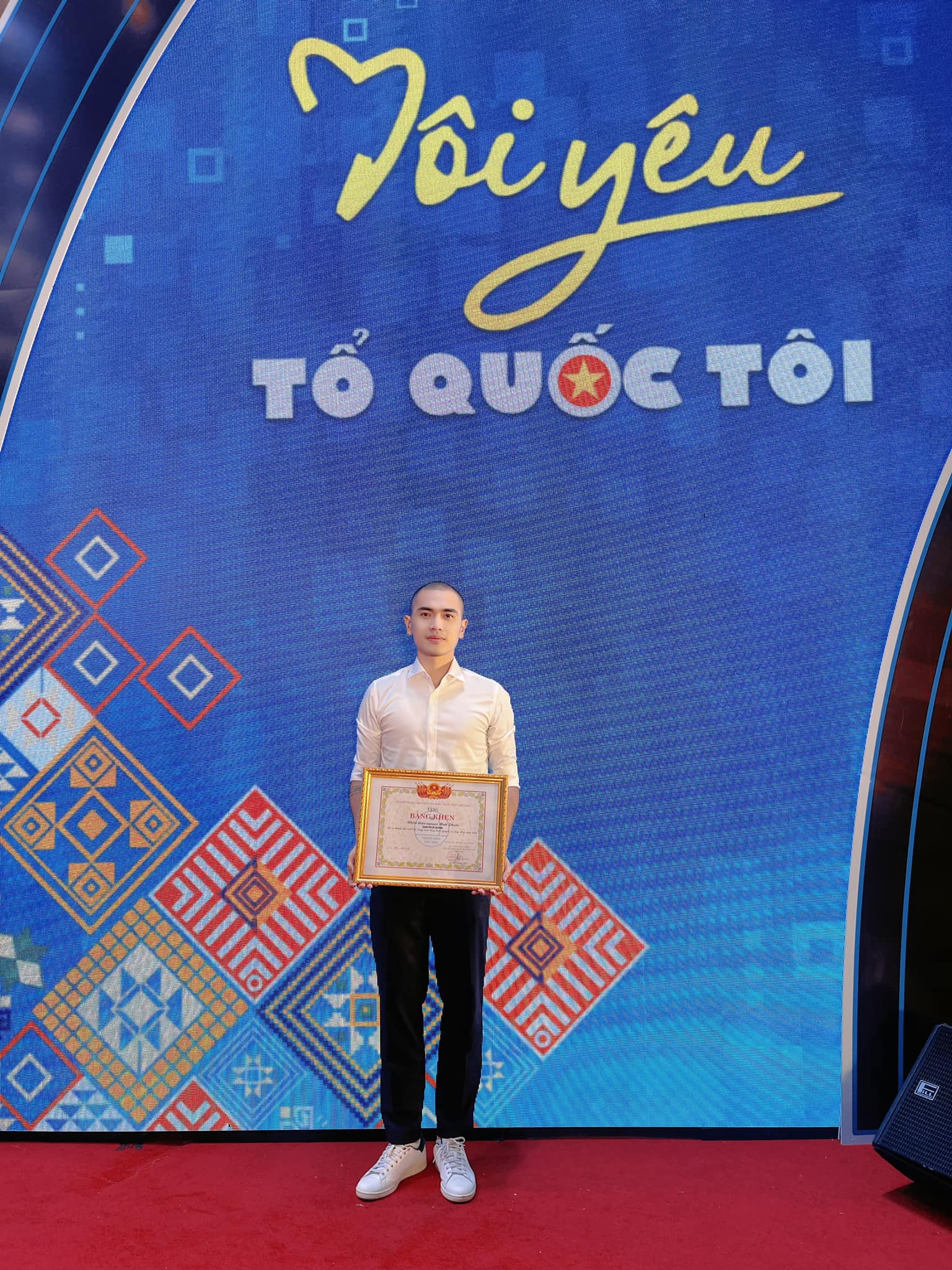
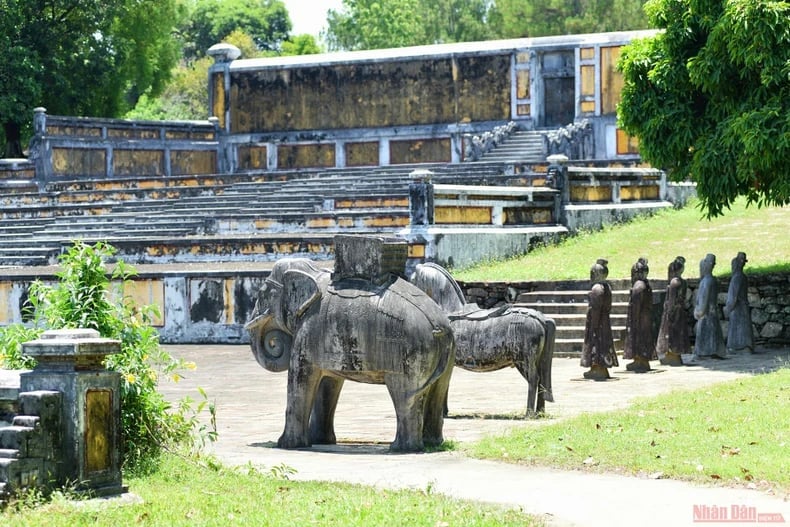


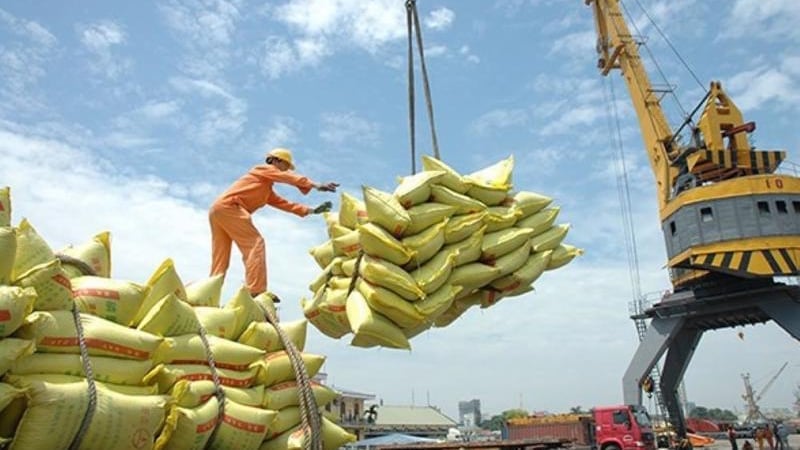

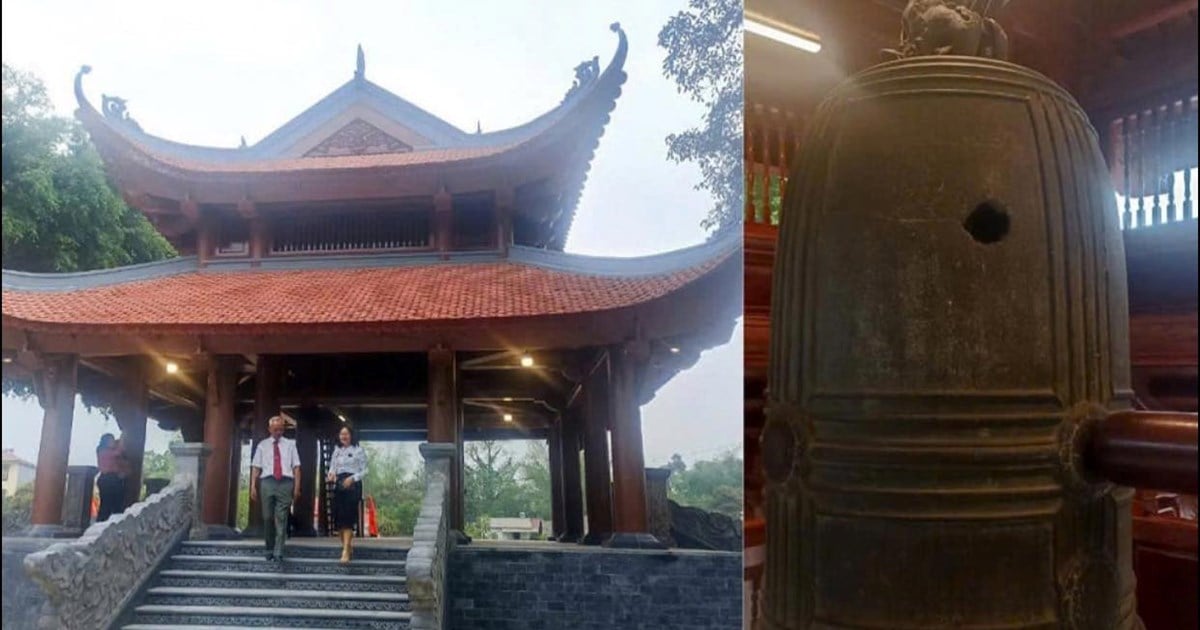

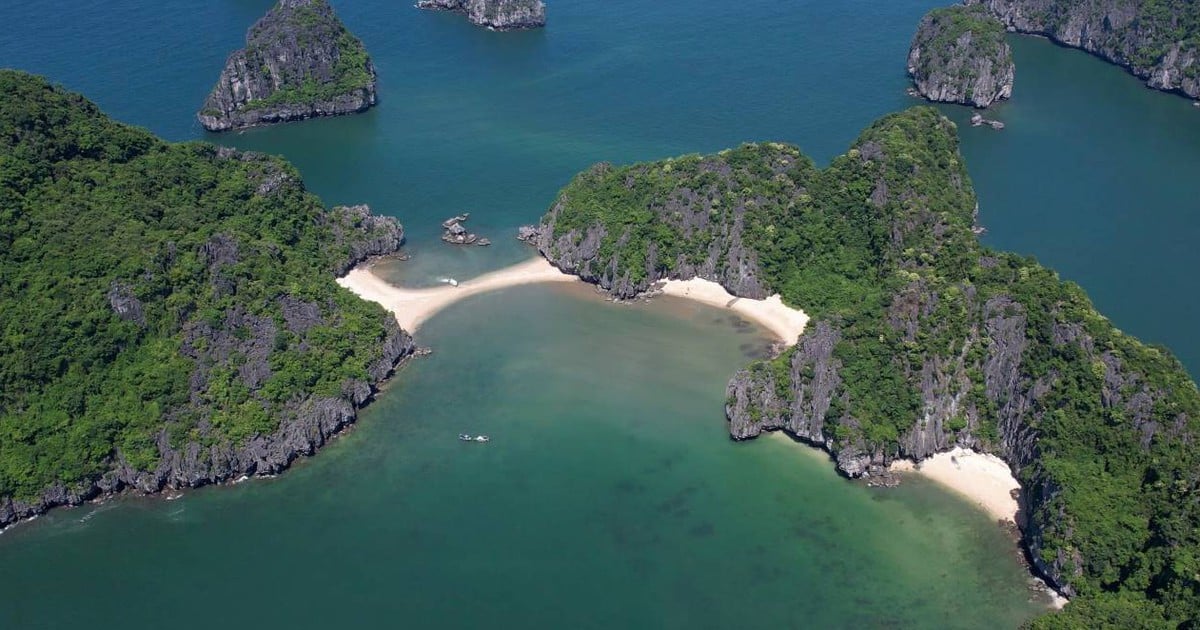

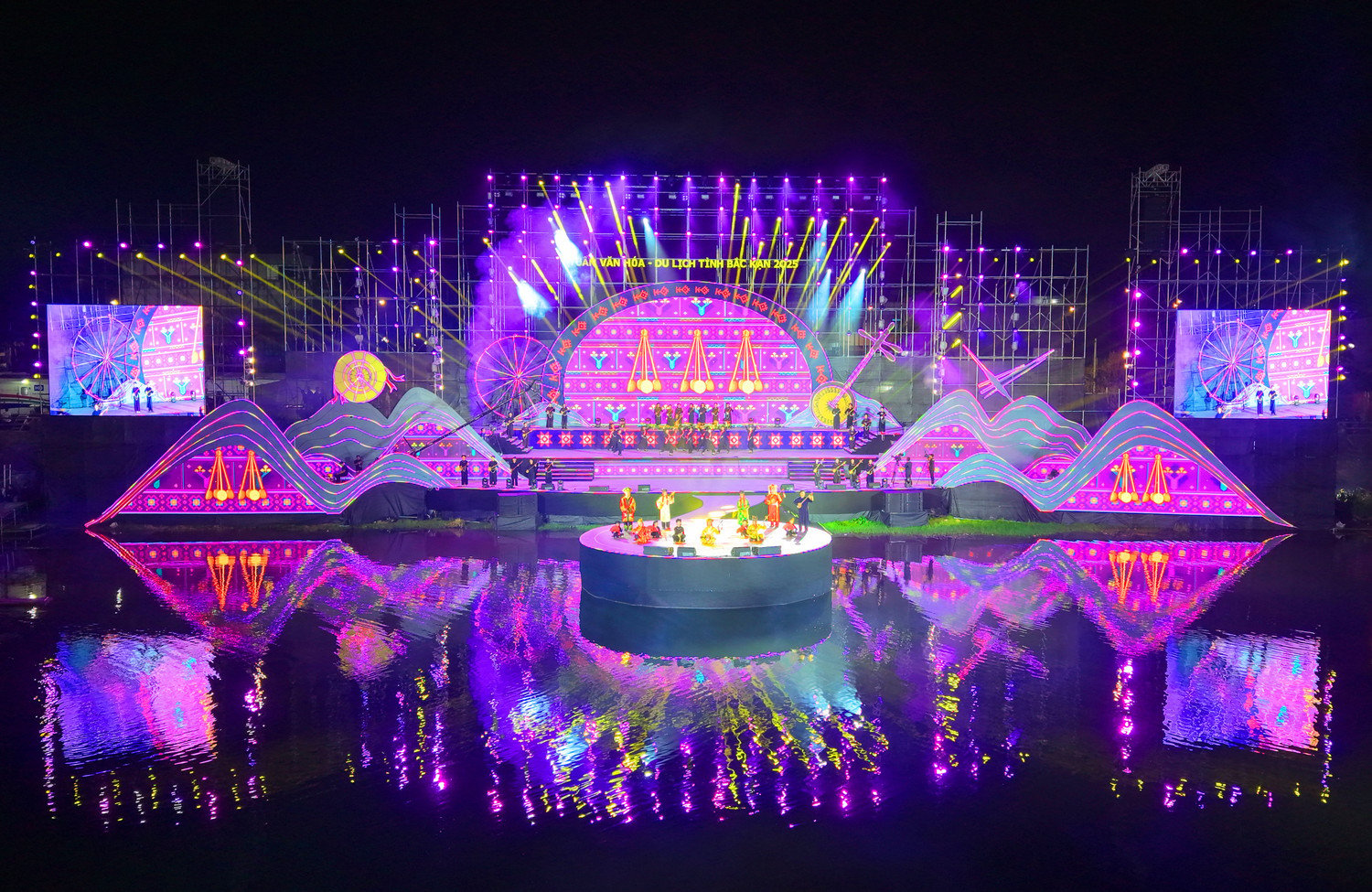

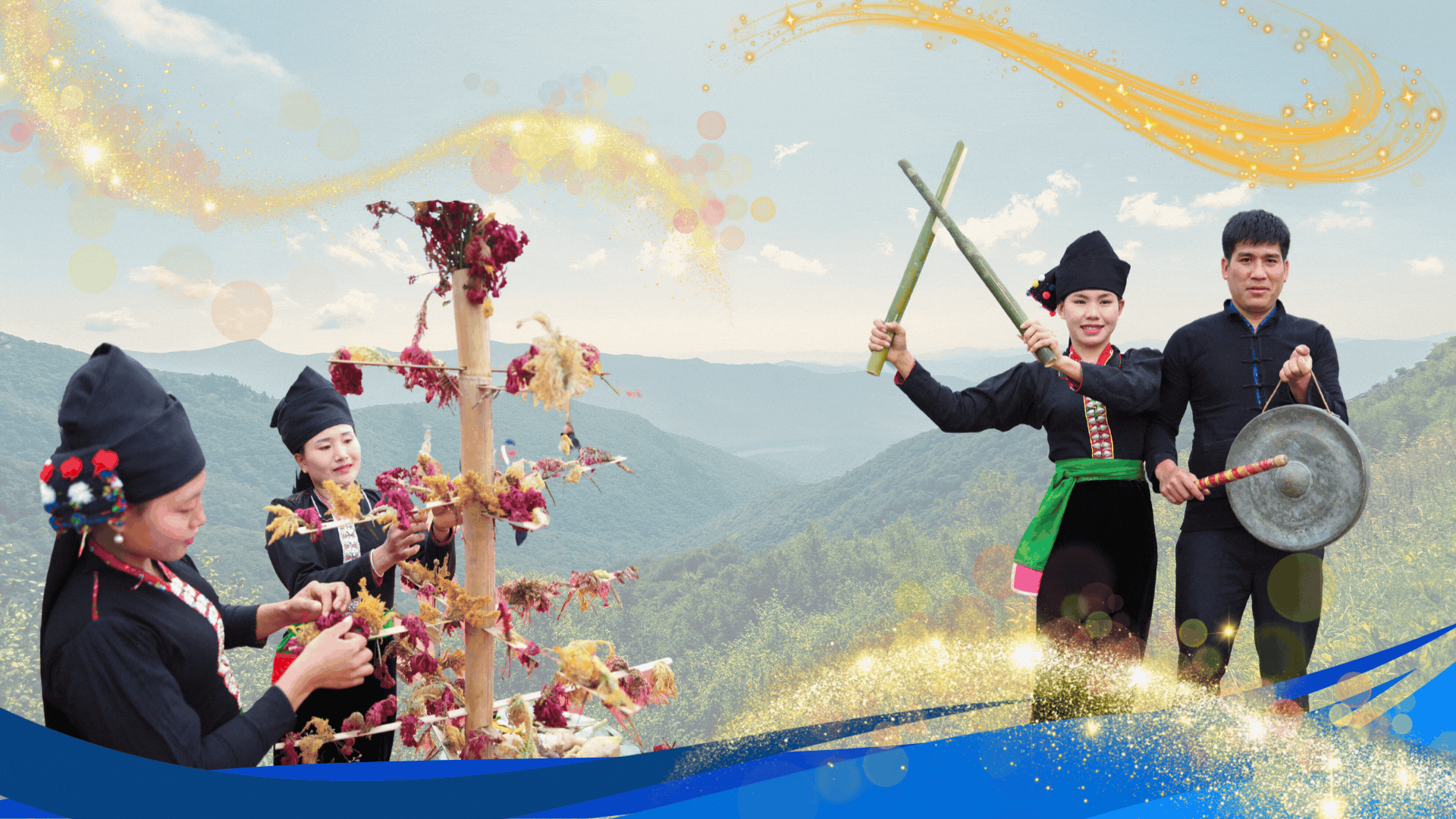


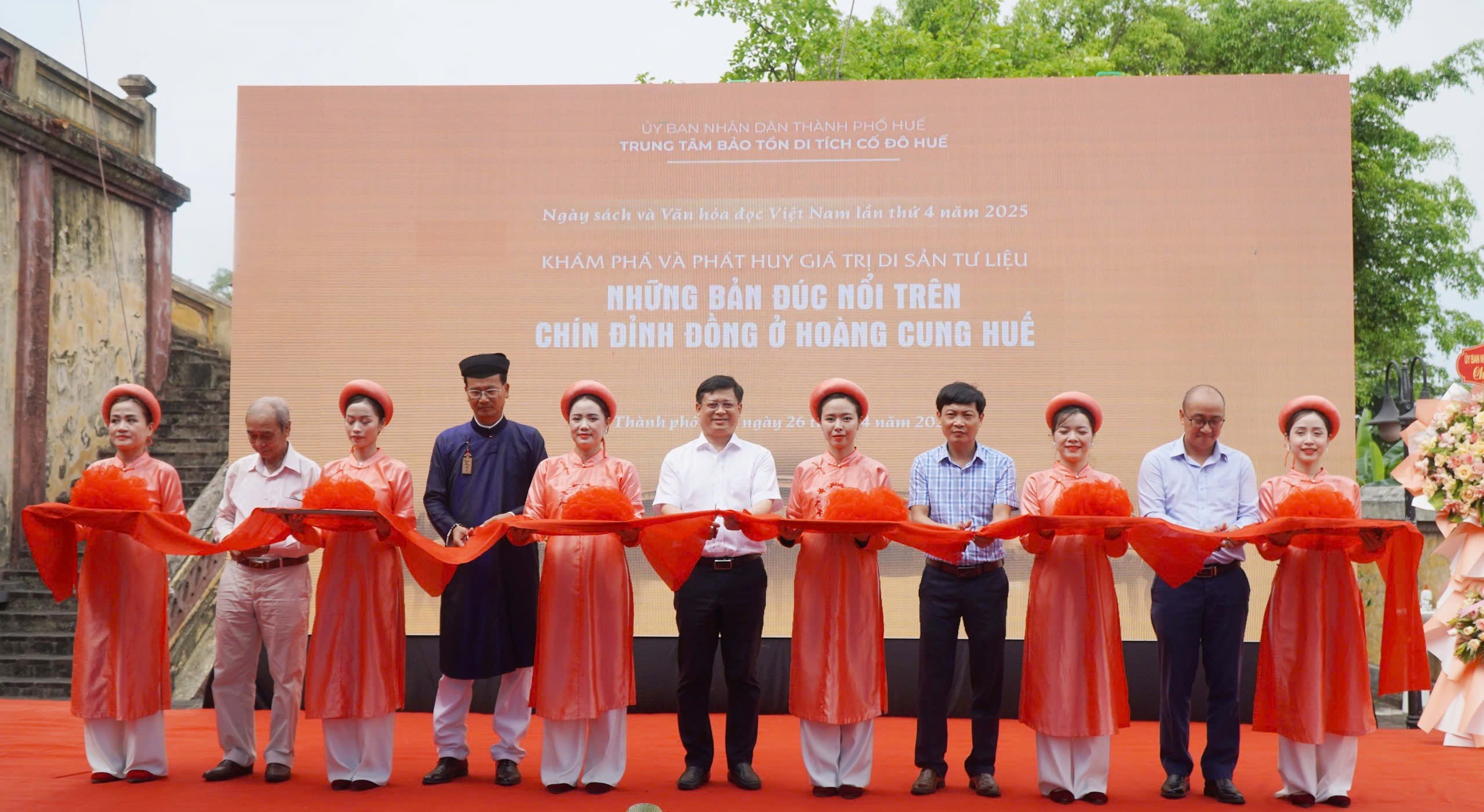



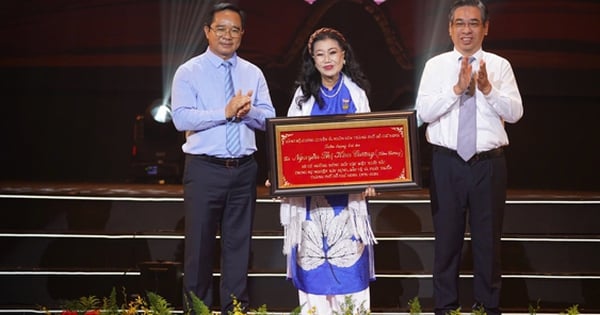












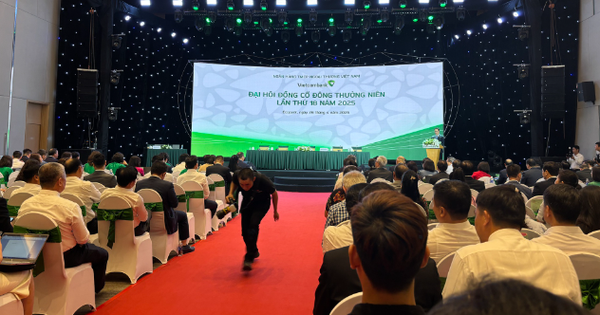



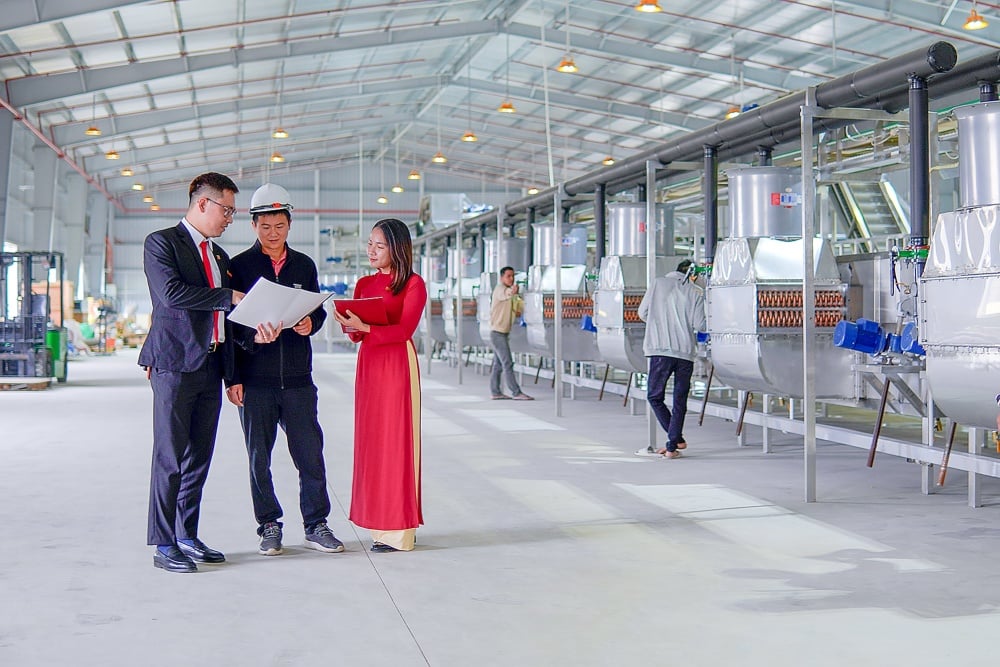
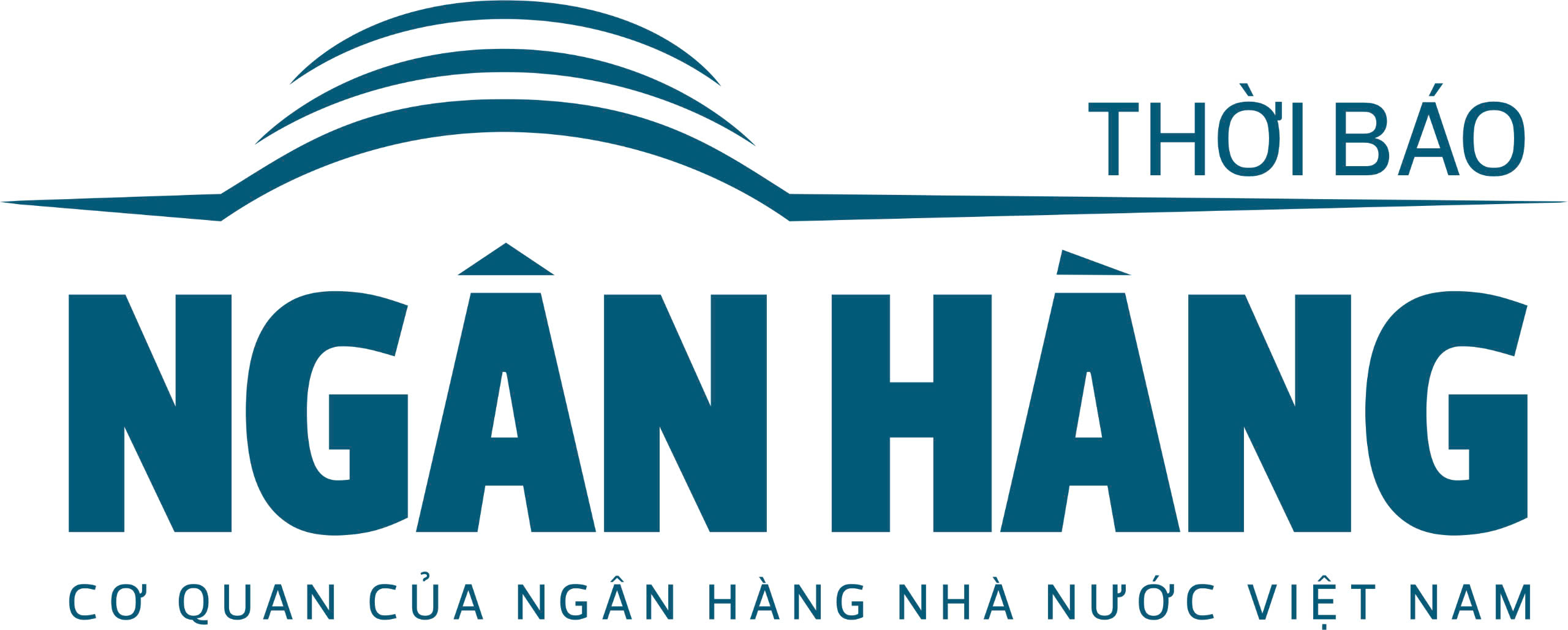


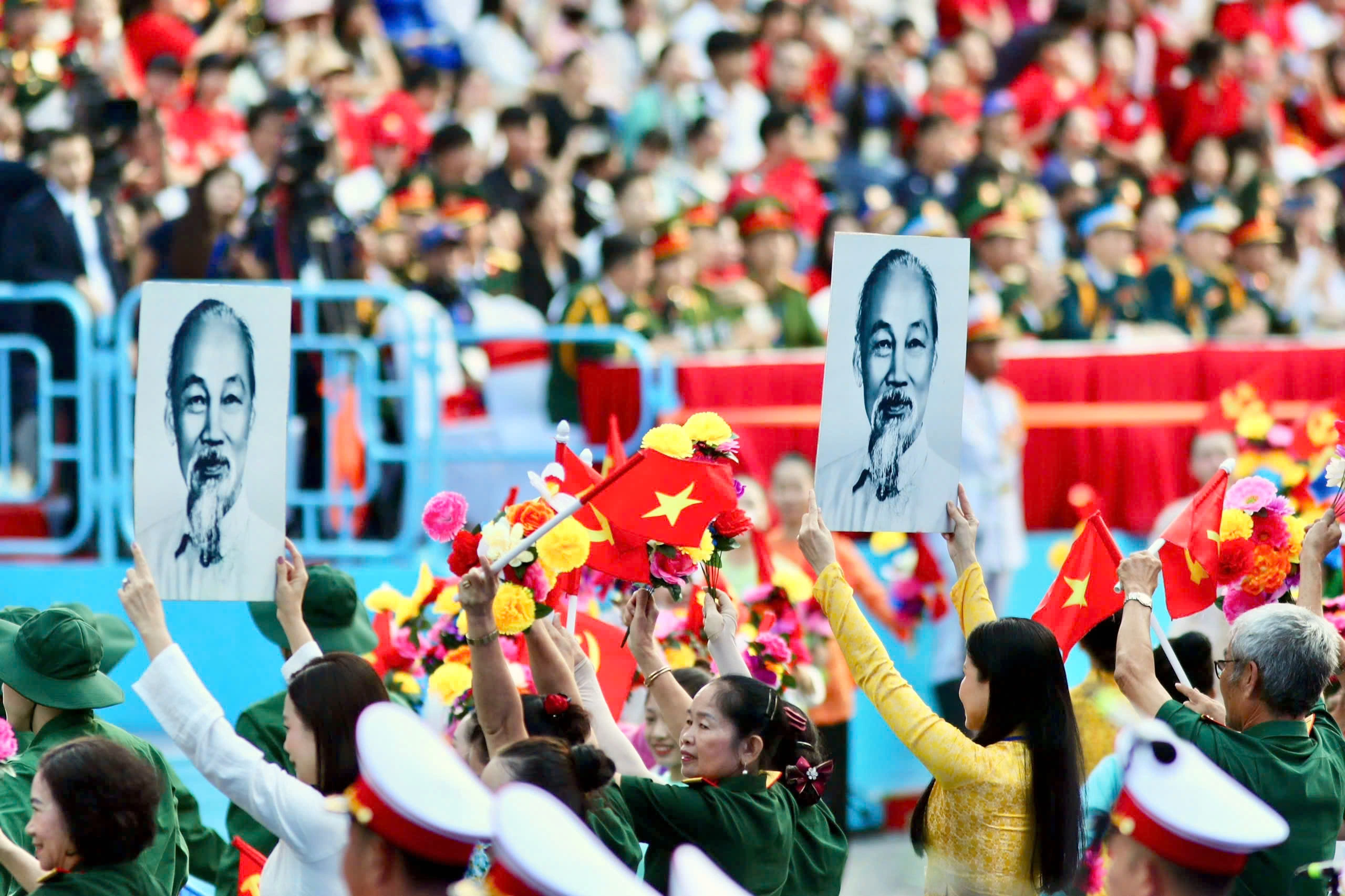


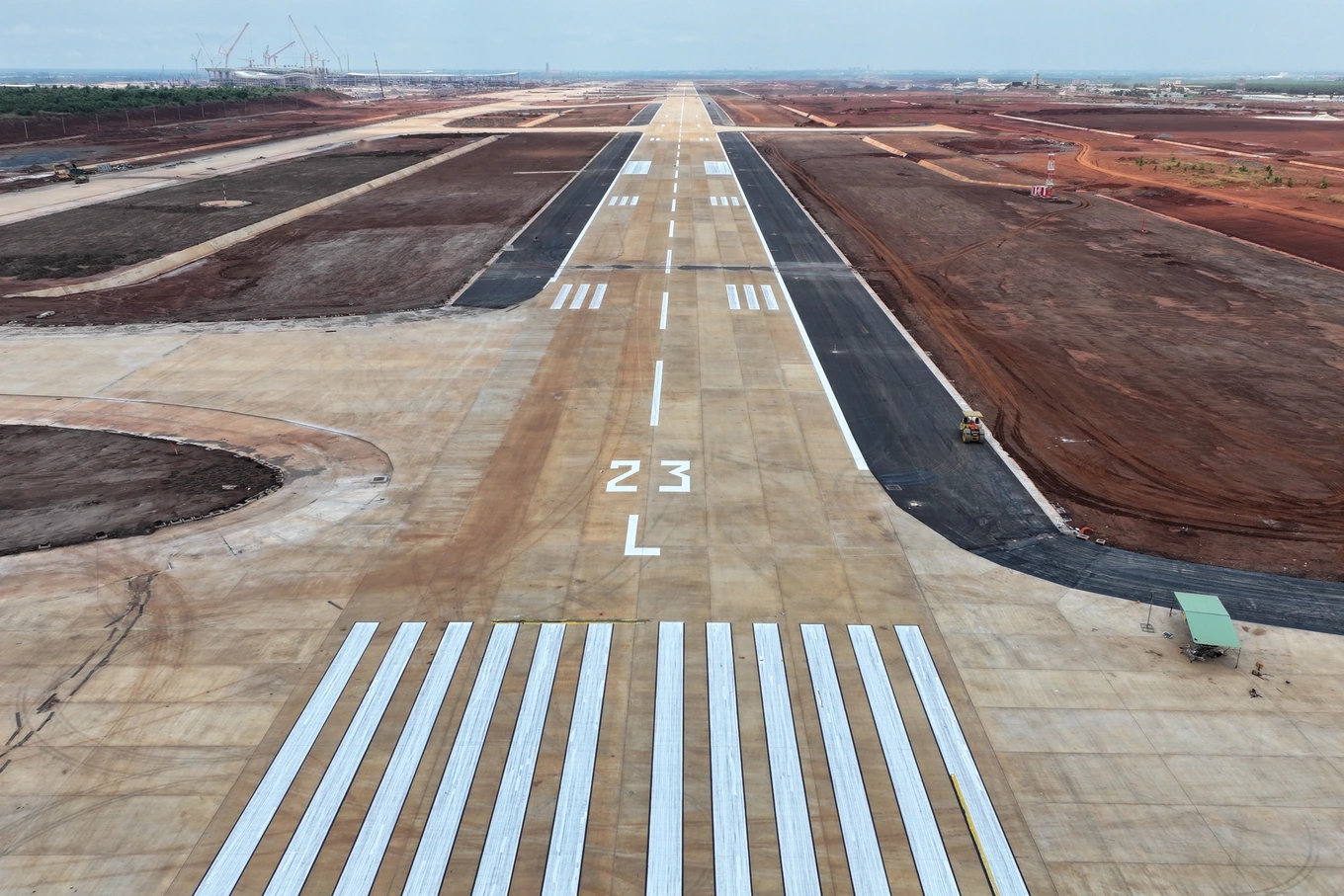
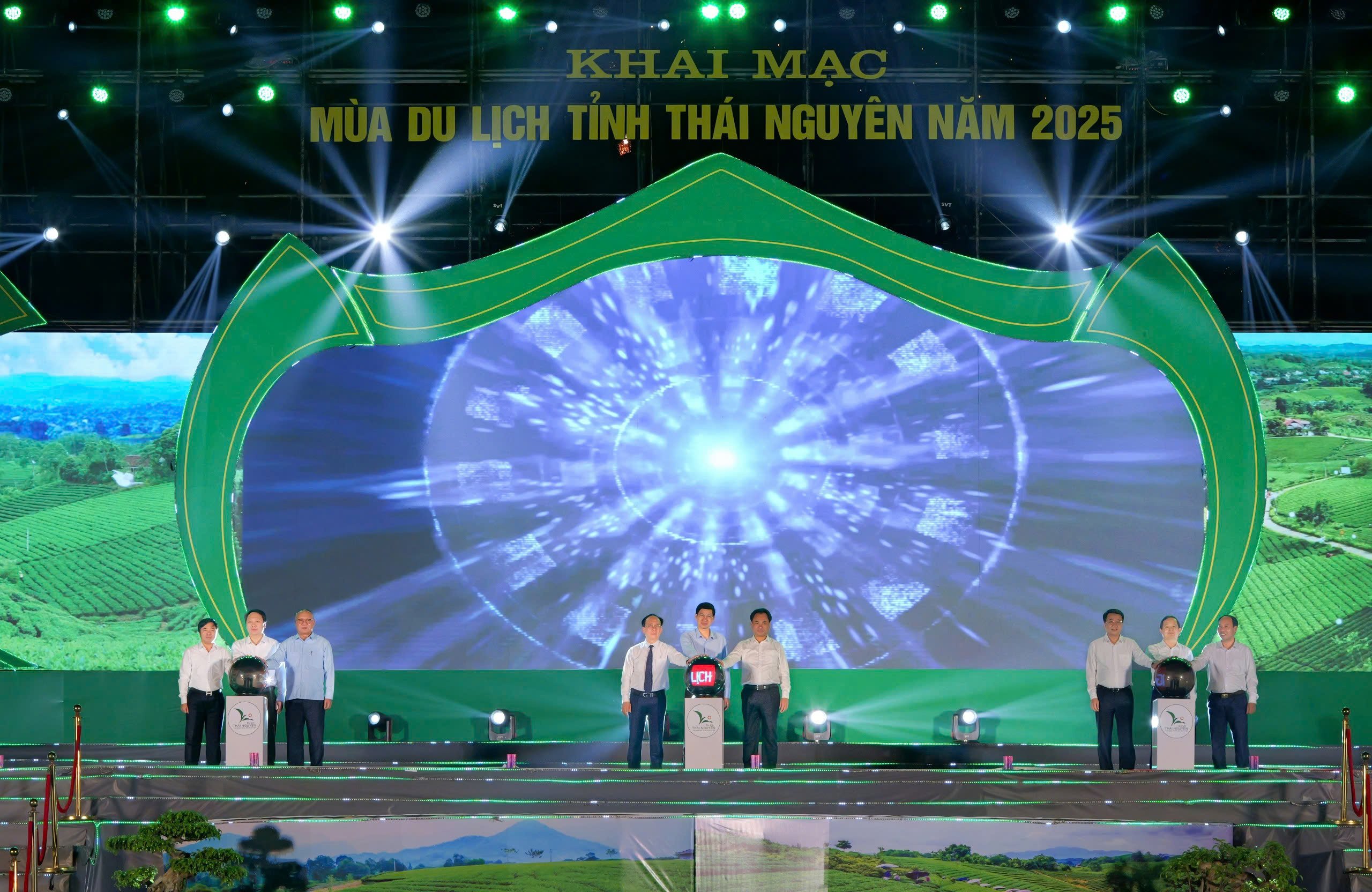
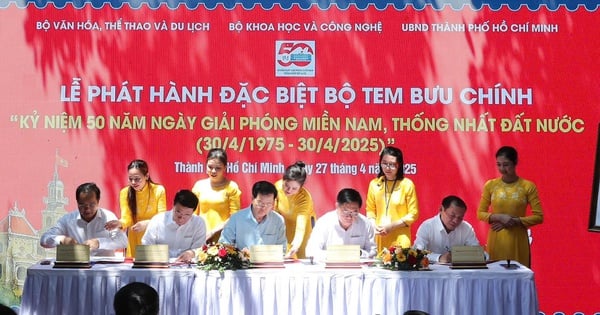

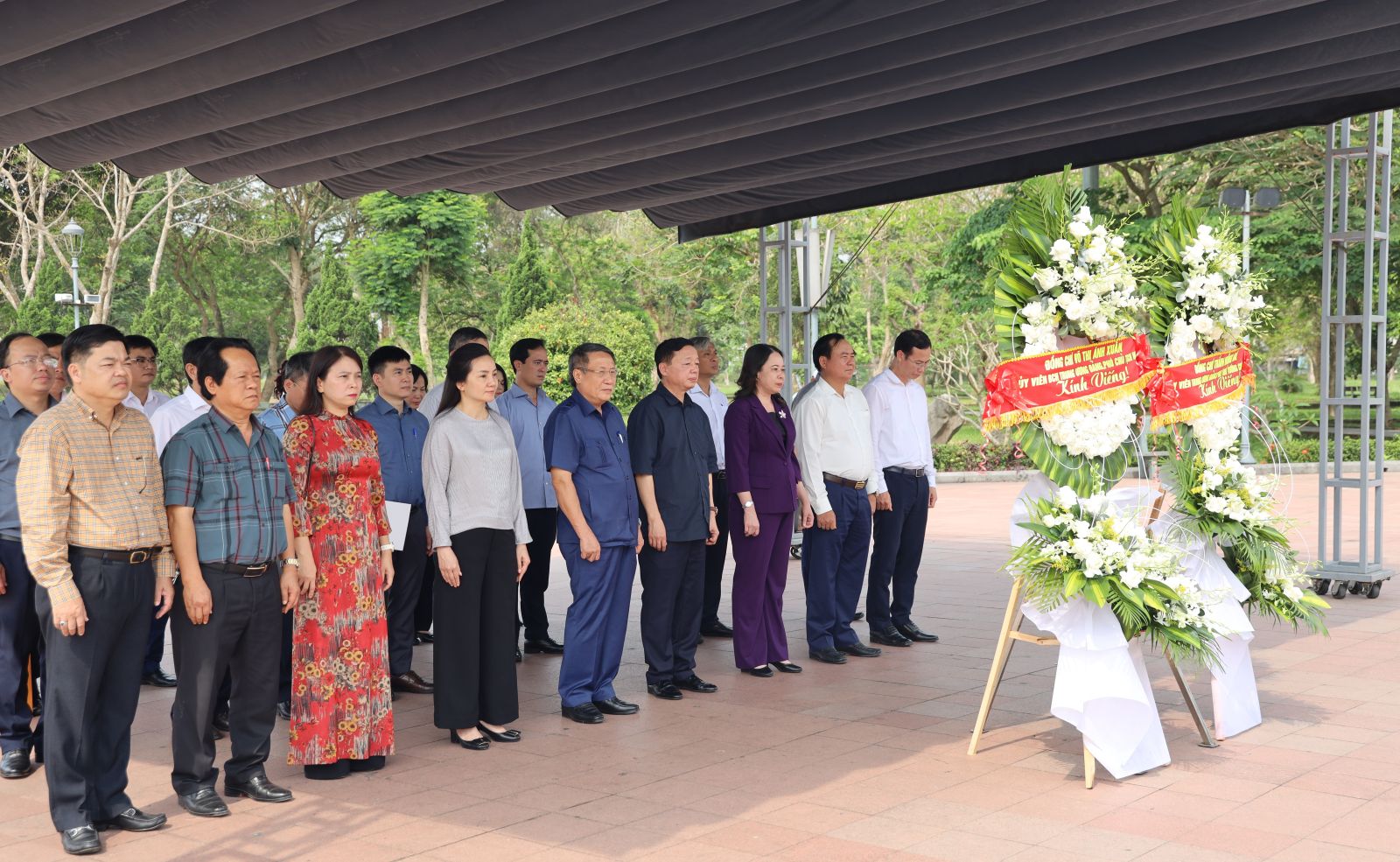

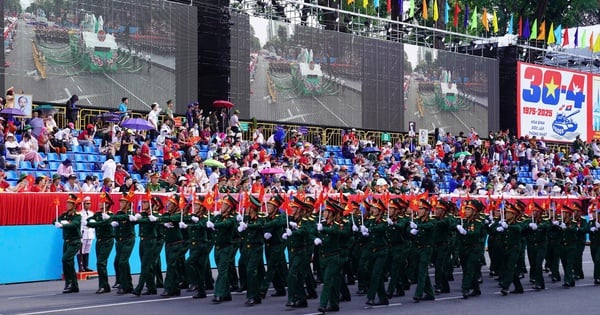


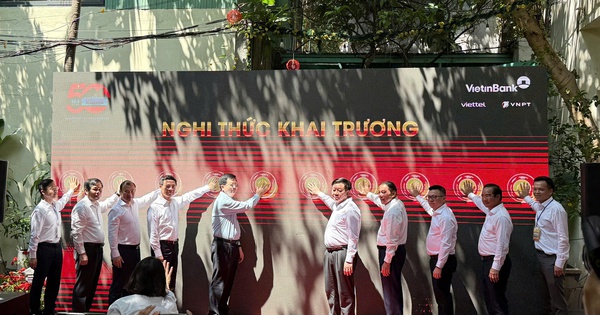
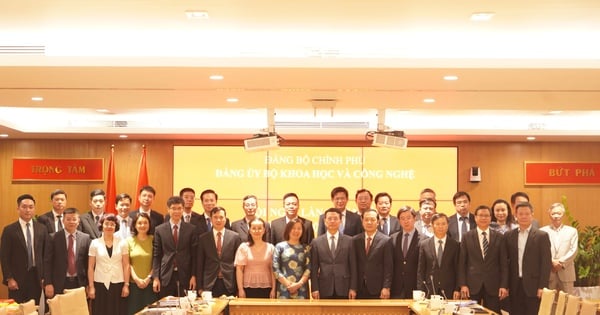
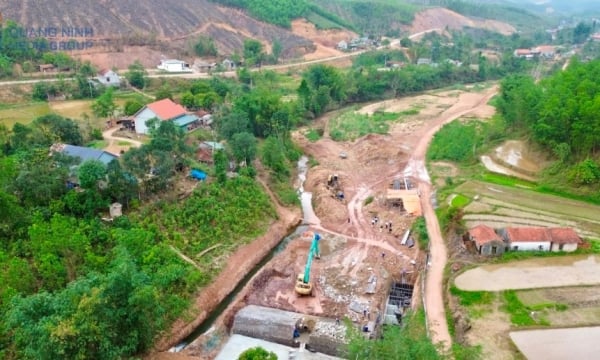



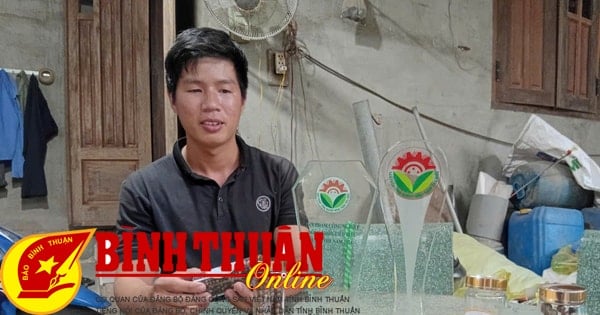

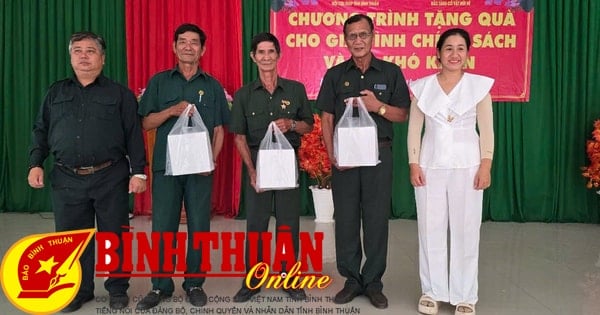


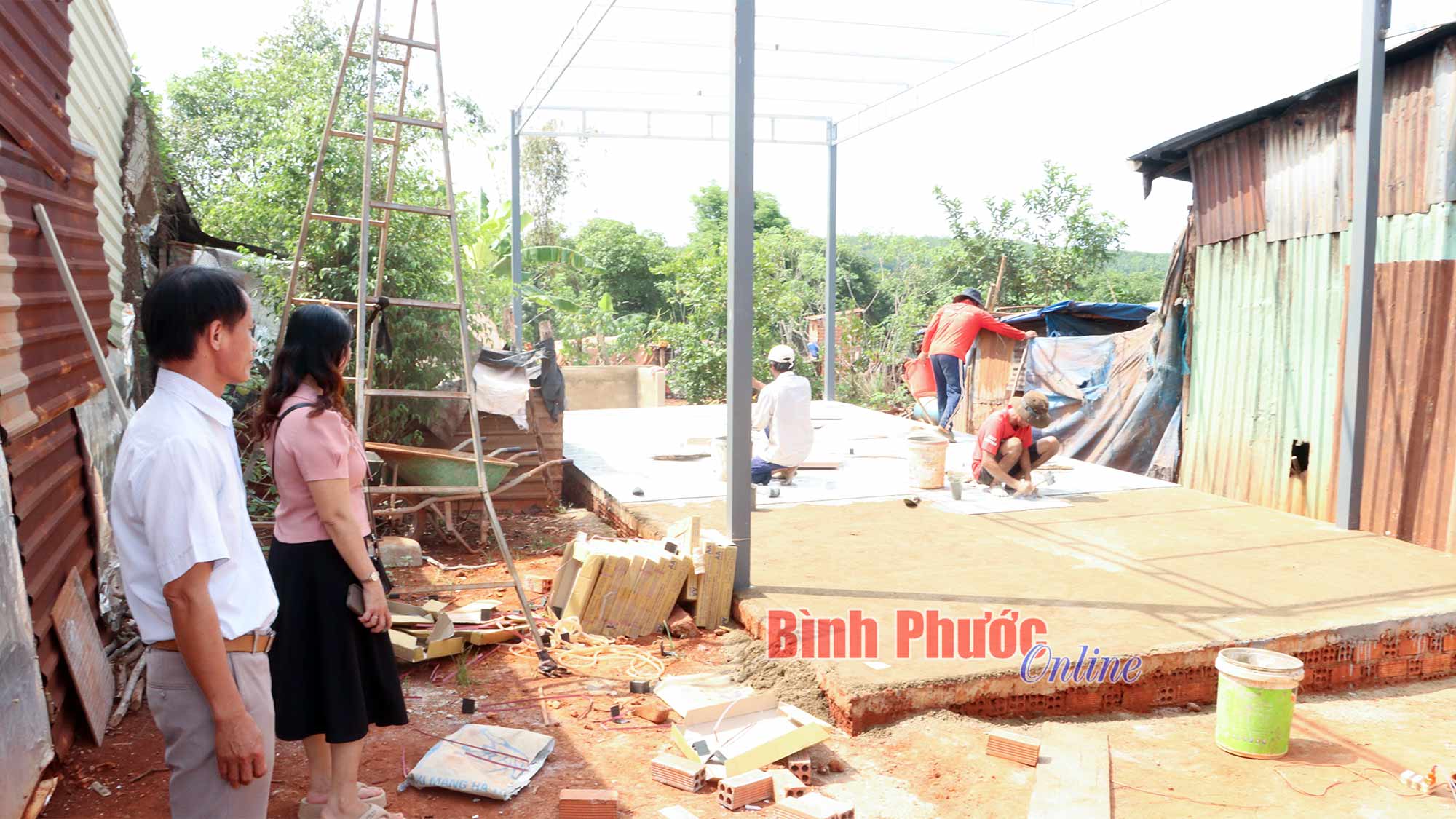




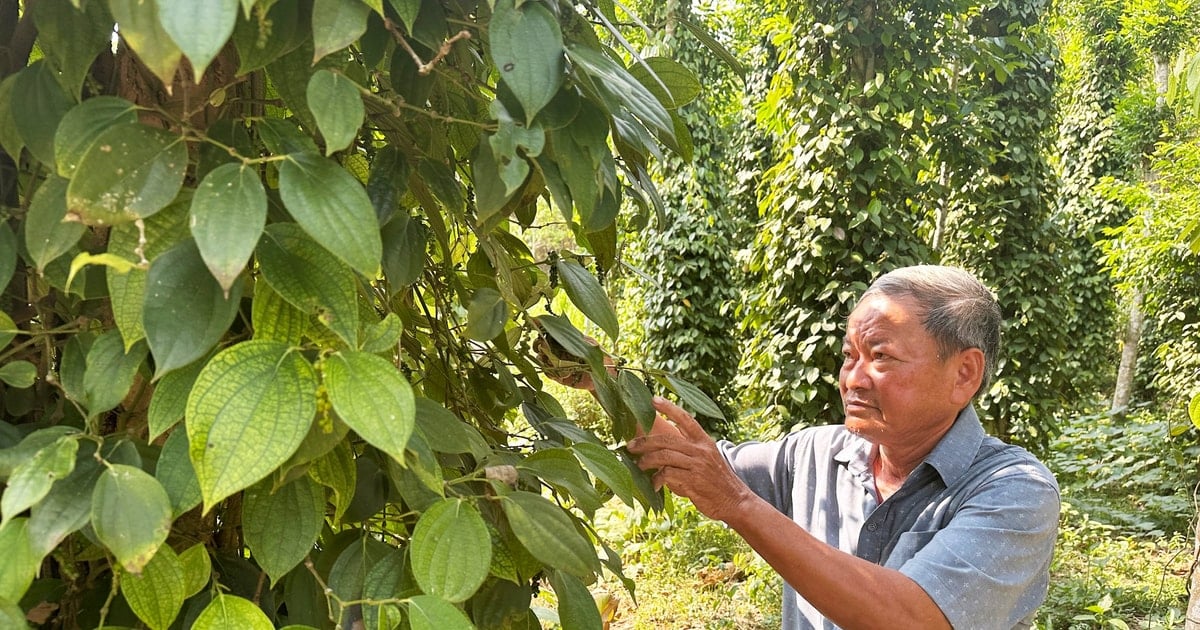

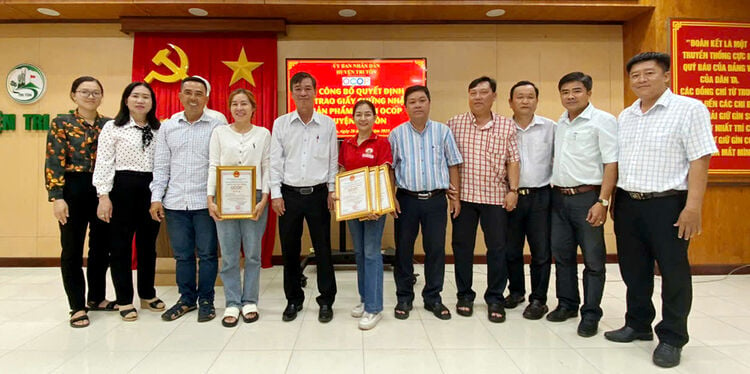

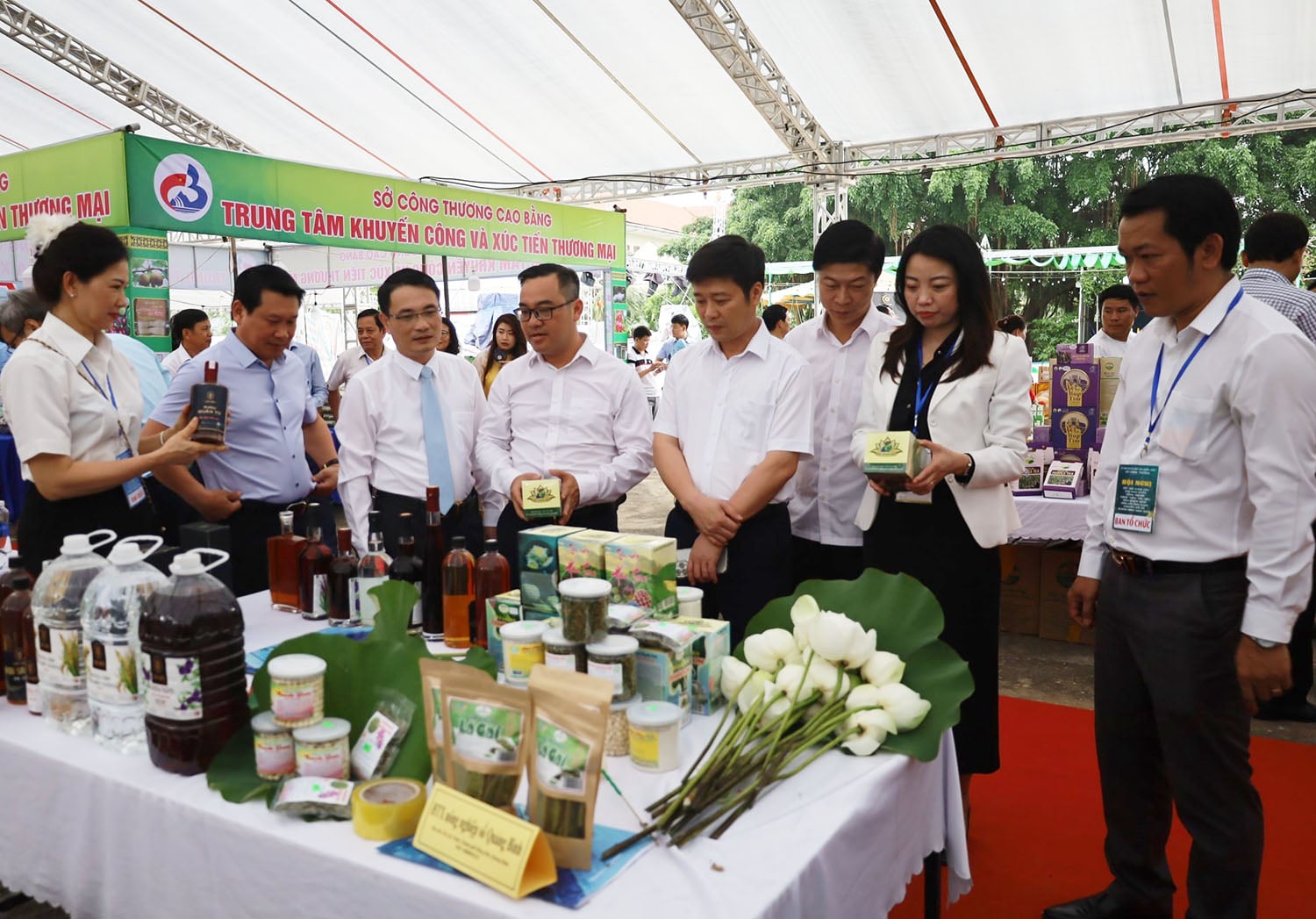

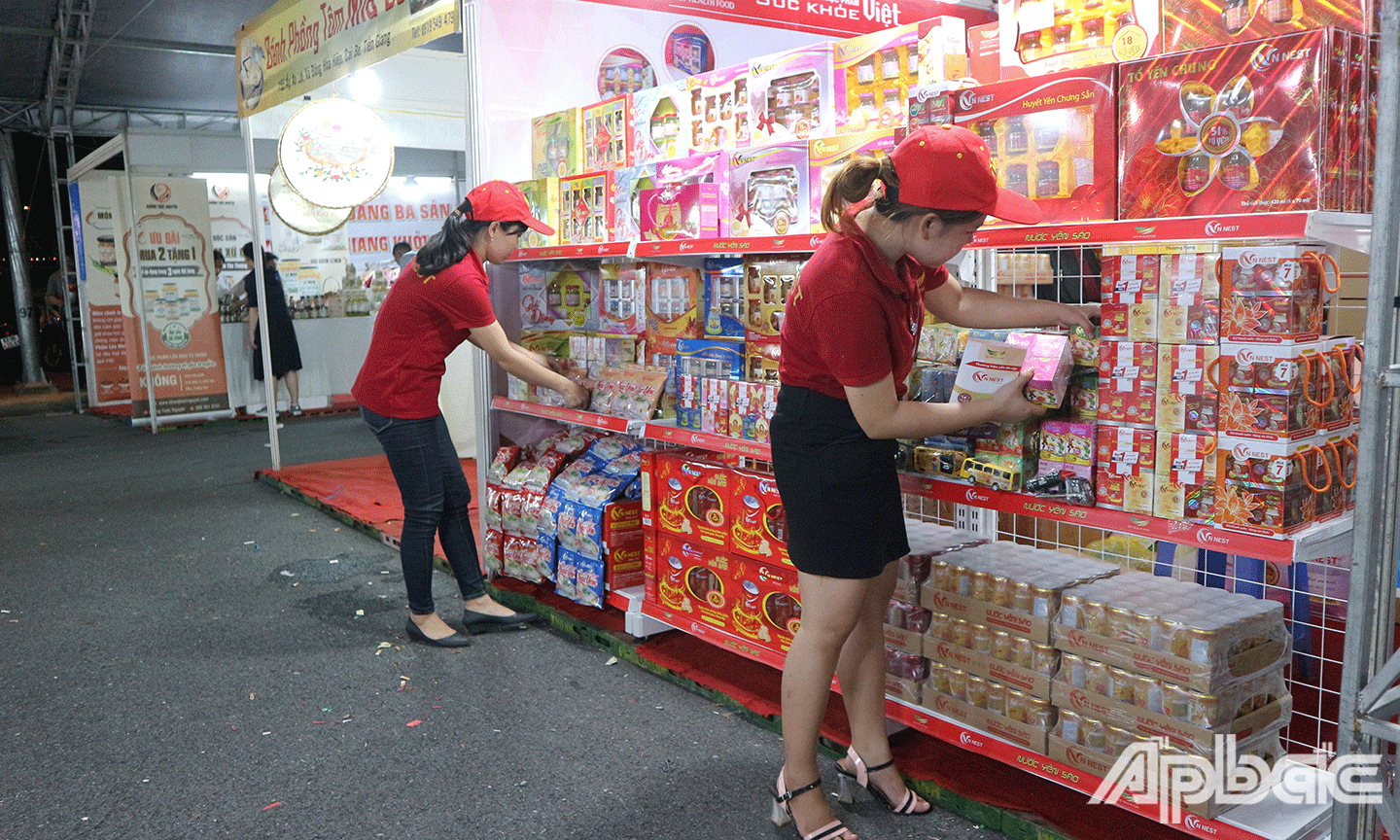

Comment (0)